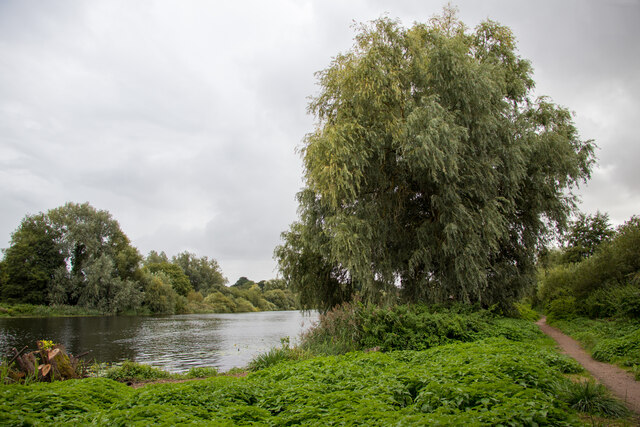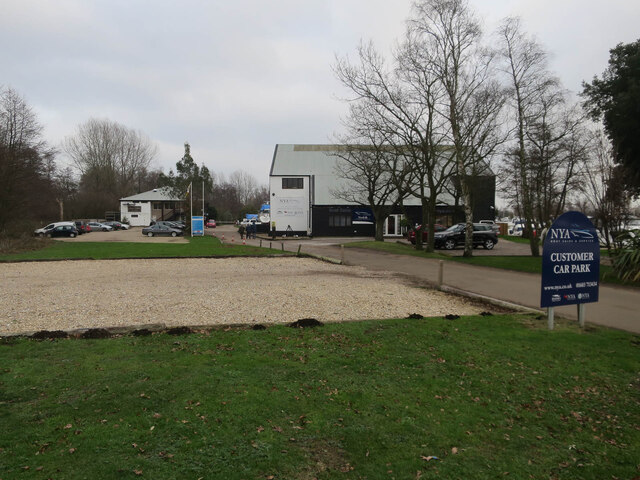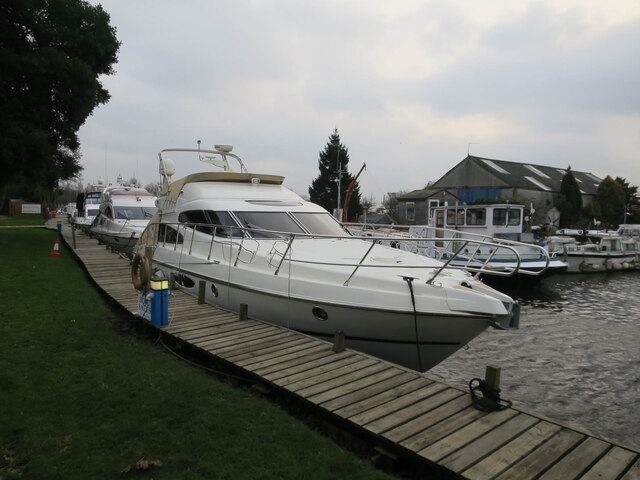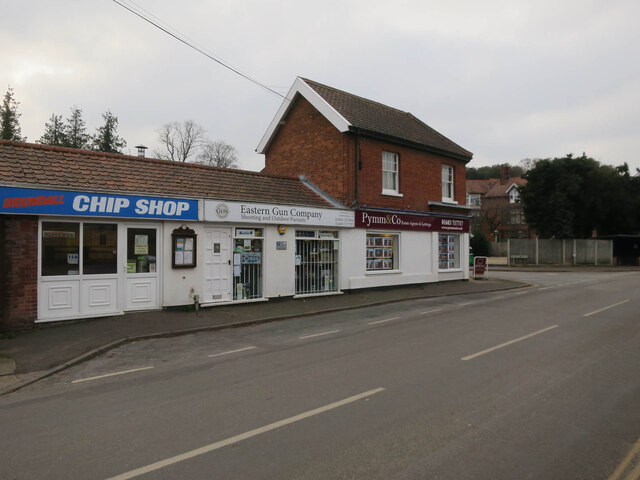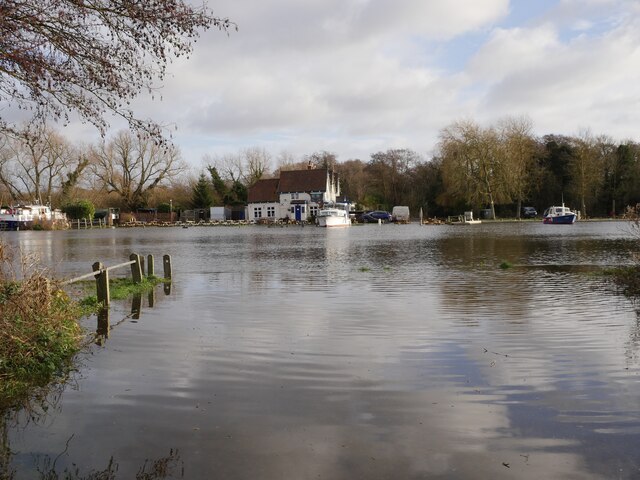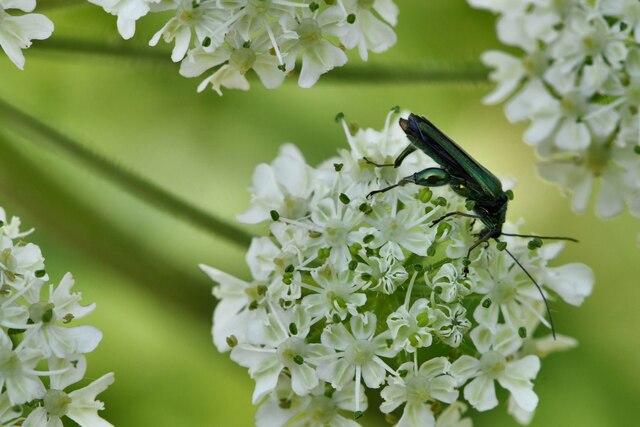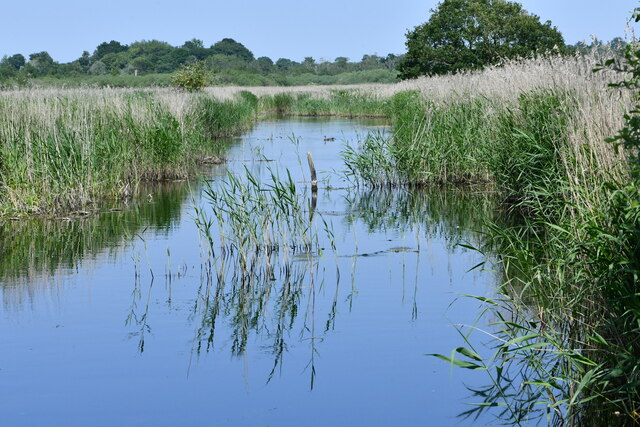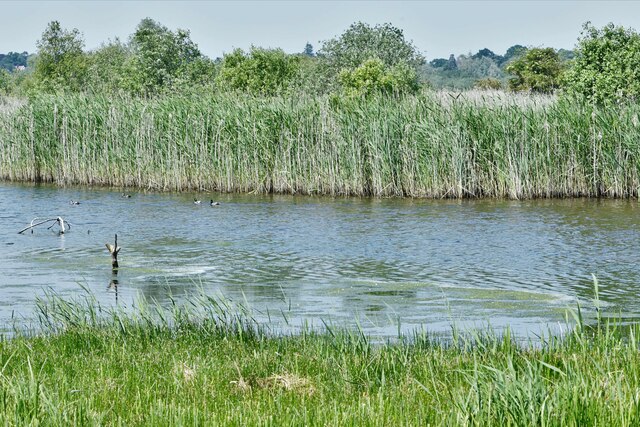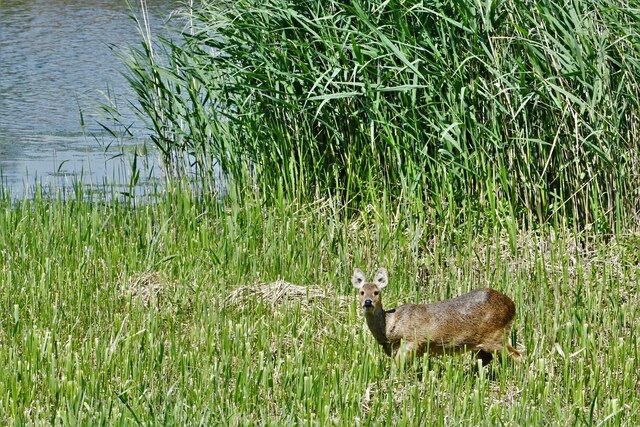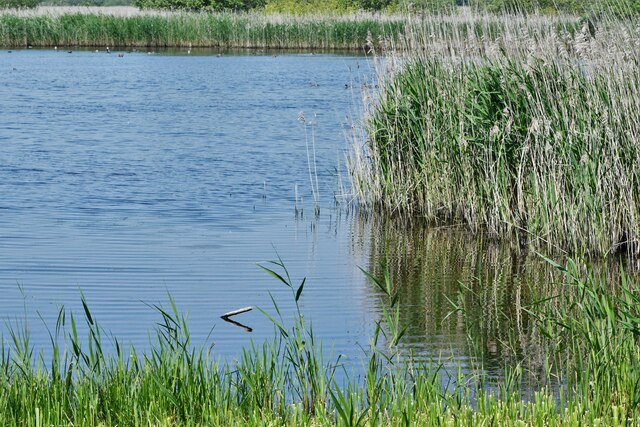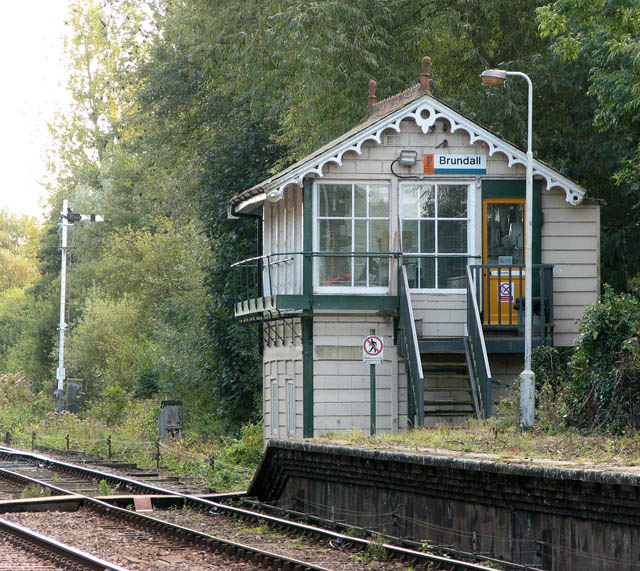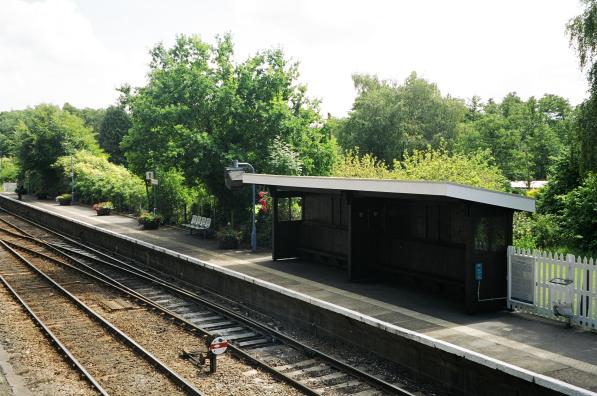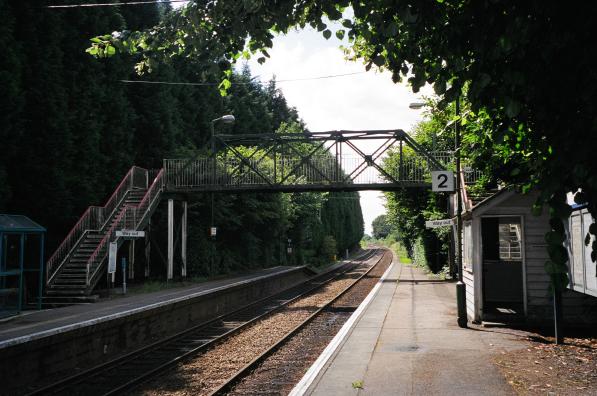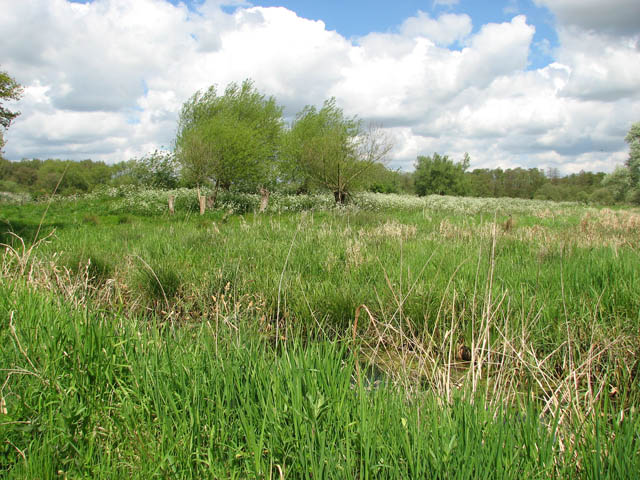Bargate
Lake, Pool, Pond, Freshwater Marsh in Norfolk South Norfolk
England
Bargate
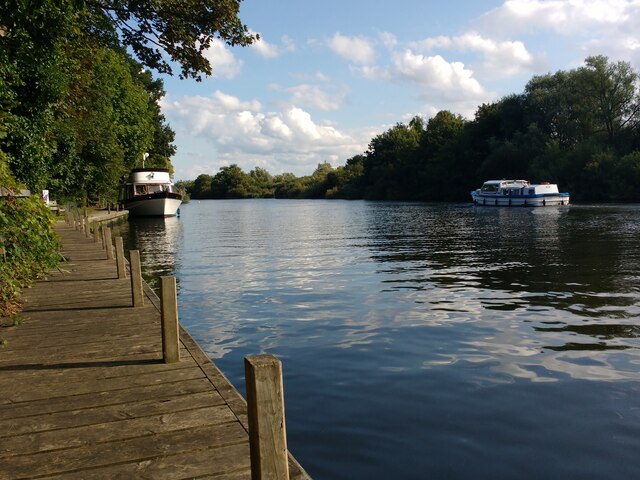
Bargate, Norfolk is a picturesque village located in the eastern region of England, known for its stunning natural landscape, including a lake, pool, pond, and freshwater marsh. Situated amidst the tranquil countryside, Bargate offers a haven for nature enthusiasts and those seeking a peaceful retreat.
The centerpiece of Bargate is its striking lake, which spans a considerable area and is surrounded by lush greenery. The lake provides a serene setting for various recreational activities such as boating, fishing, and wildlife observation. Anglers are drawn to the lake's abundant fish population, including species such as pike, perch, and carp.
Adjacent to the lake is a smaller pool, which adds to the scenic beauty of the area. This pool is often frequented by birdwatchers, as it attracts a diverse array of avian species, including ducks, swans, and herons. The tranquil surroundings make it an ideal spot for photographers and artists seeking inspiration.
In addition to the lake and pool, Bargate boasts a charming pond, which is teeming with aquatic life. Frogs, newts, and a variety of water plants can be found in this idyllic spot, making it a popular spot for nature enthusiasts and families to explore.
The village is also home to a sprawling freshwater marsh, which acts as a natural habitat for a multitude of plant and animal species. The marshland is an important ecological feature, providing a breeding ground for various waterfowl and supporting a diverse range of flora.
Overall, Bargate, Norfolk offers a delightful combination of natural beauty, tranquility, and recreational opportunities, making it an enchanting destination for nature lovers and those seeking respite from the hustle and bustle of everyday life.
If you have any feedback on the listing, please let us know in the comments section below.
Bargate Images
Images are sourced within 2km of 52.616183/1.4286963 or Grid Reference TG3207. Thanks to Geograph Open Source API. All images are credited.
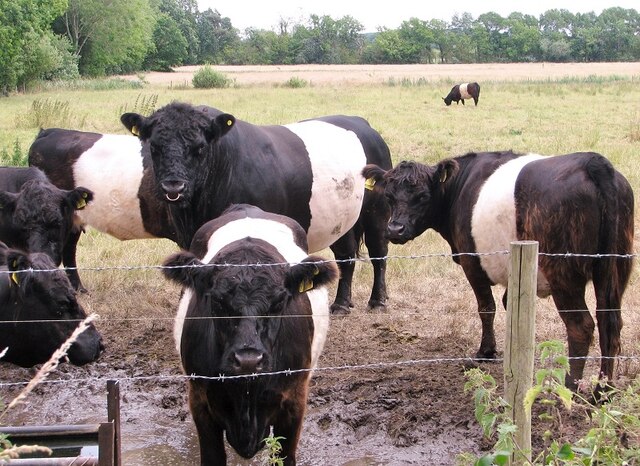
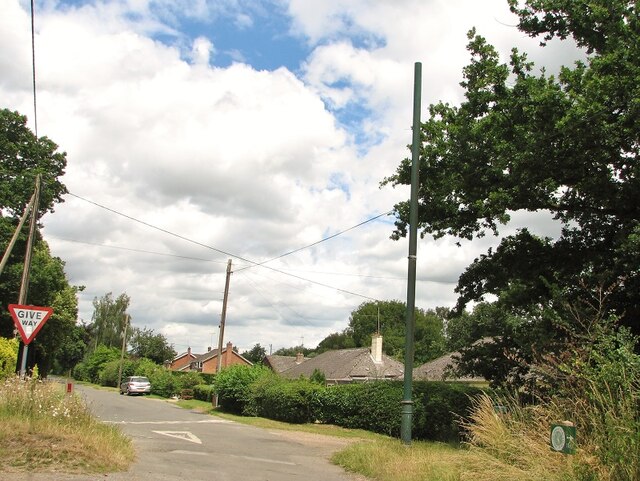
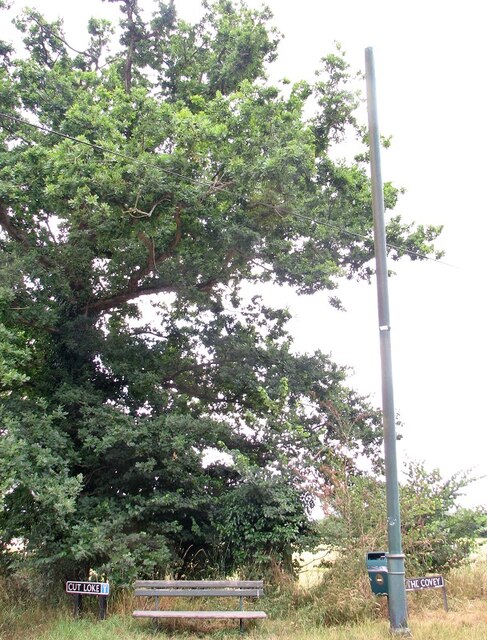
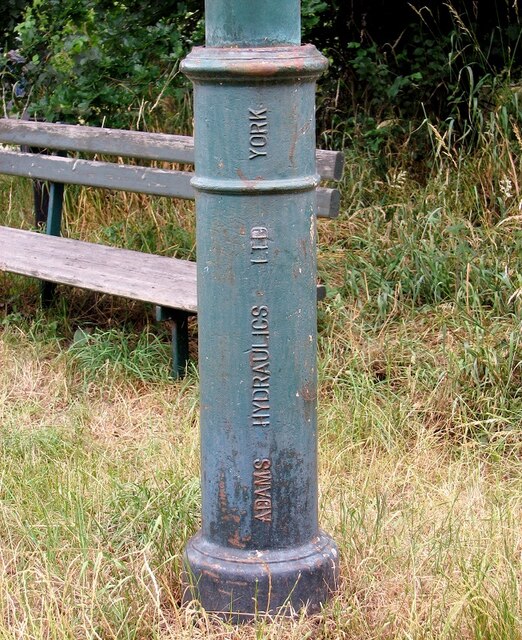
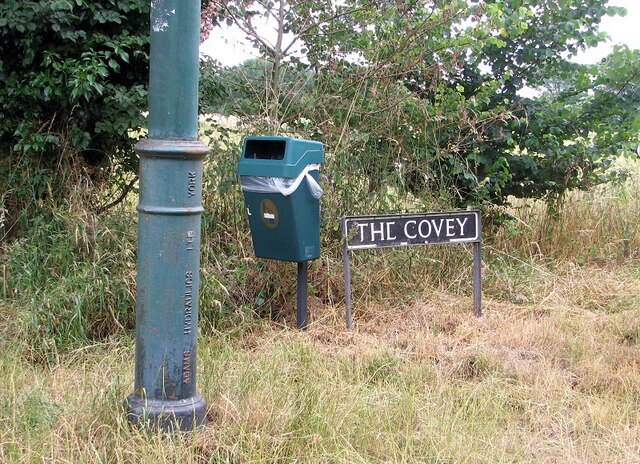
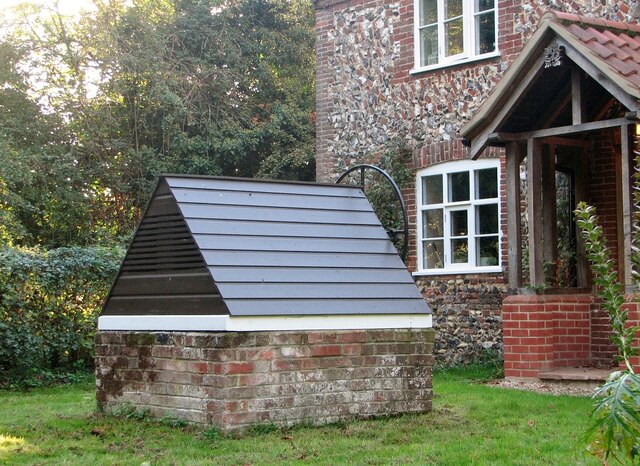
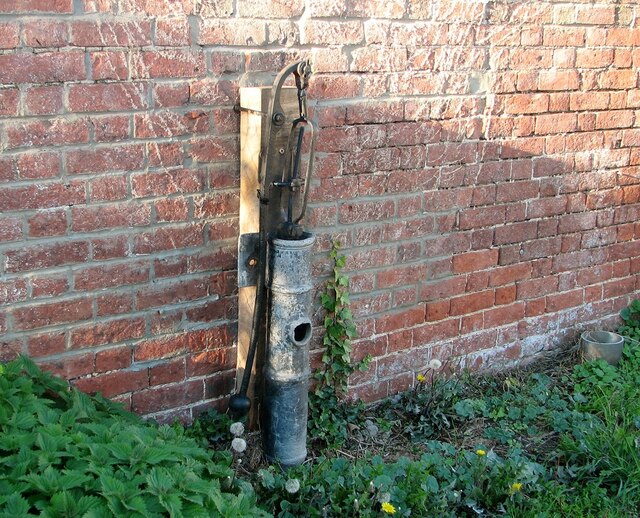
Bargate is located at Grid Ref: TG3207 (Lat: 52.616183, Lng: 1.4286963)
Administrative County: Norfolk
District: South Norfolk
Police Authority: Norfolk
What 3 Words
///named.liberated.reception. Near Brundall, Norfolk
Nearby Locations
Related Wikis
Brundall signal box
Brundall signal box is a Grade II listed former Great Eastern Railway signal box on Brundall railway station in Norfolk, England. Located on the Wherry...
Brundall railway station
Brundall railway station is on the Wherry Lines in the east of England, serving the village of Brundall, Norfolk. It is 5 miles 60 chains (9.3 km) down...
Brundall
Brundall is a village and civil parish in the English county of Norfolk. It is located on the north bank of the River Yare opposite Surlingham Broad and...
Brundall Gardens railway station
Brundall Gardens railway station is on the Wherry Lines in the East of England, serving the western side of the village of Brundall, Norfolk. It is 4 miles...
Lesingham House
Lesingham House is a country house in Surlingham, Norfolk, England, part of which was supposedly built in 1655. == History == Lesingham House was supposedly...
Surlingham
Surlingham is a village and civil parish in the South Norfolk district of Norfolk situated on the Broads in eastern United Kingdom. It lies approximately...
Surlingham Church Marsh RSPB reserve
Surlingham Church Marsh is a small RSPB nature reserve in the Norfolk Broads, England. It is part of Yare Broads and Marshes Site of Special Scientific...
Yare Broads and Marshes
Yare Broads and Marshes is a 744.5-hectare (1,840-acre) biological Site of Special Scientific Interest east of Norwich in Norfolk, England. Part of the...
Nearby Amenities
Located within 500m of 52.616183,1.4286963Have you been to Bargate?
Leave your review of Bargate below (or comments, questions and feedback).
